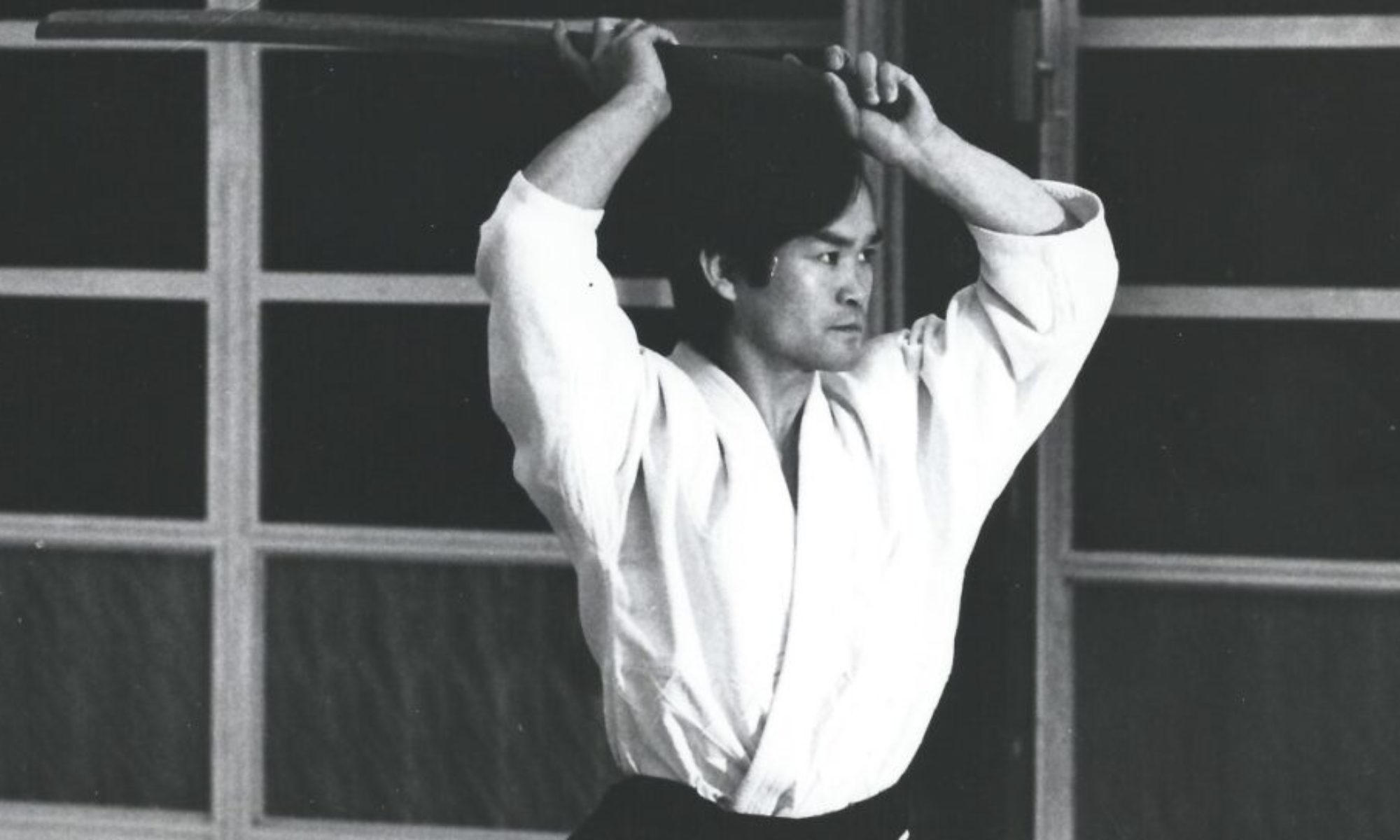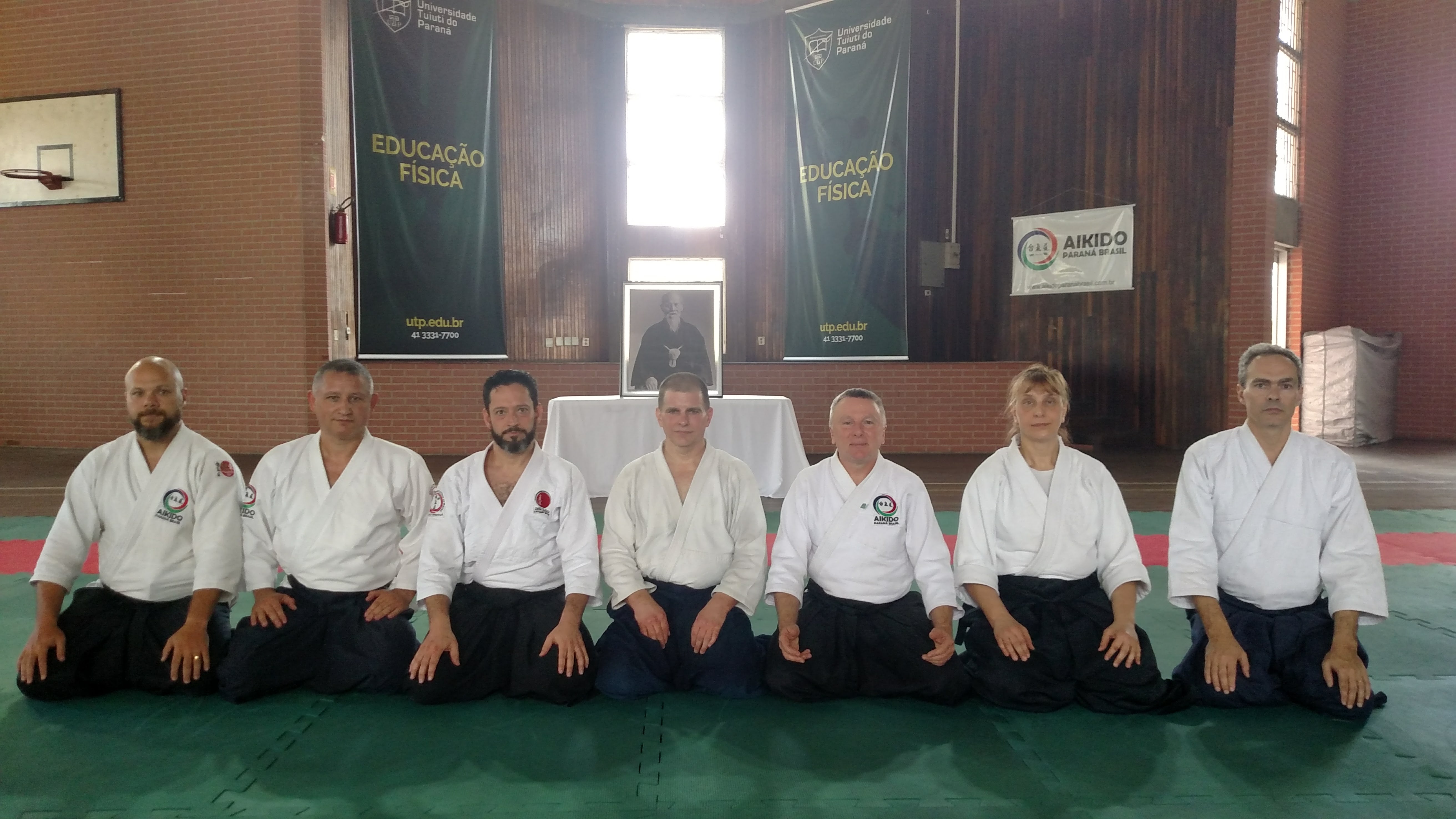By Roger Park, Huron Valley Aikikai
I was invited to teach in Brazil by a gentleman by the name of Mauricio Nascimento, who trained with us here in Ann Arbor while he was at the University of Michigan for graduate studies. He is now a professor in the city of Maringa in southern Brazil, and runs an Aikido club there. He’s associated with Aikido Parana Brasil, an organization whose lineage is through Kawai Shihan. Kawai Shihan is credited with introducing Aikido to Brazil in the early 1960s and lived in Sao Paolo until his death in 2010. Aikido Parana Brasil is now Continue reading “Teaching in Brazil”

